Ever dreamed of being the keeper of an ancient Italian fortress, even for just a day? I got to do exactly that at one of Italy’s most dramatic castles, and honestly, it felt like I’d stepped right back into the 10th century.
These historic fortresses, perched on hillsides and mountain peaks across Italy, pull you into medieval life and offer some of the most jaw-dropping views you’ll ever see.
Walking through stone corridors that have survived for centuries, I could feel the weight of history in every room. Rocca Calascio, for example, stands as the highest mountaintop castle in Italy.
Other castles, like Soncino in Lombardia, blend Romanesque and Gothic styles, showing off the architectural brilliance of their eras.
But the real magic isn’t just gazing at these structures from a distance. It’s stepping into the role of castle keeper. For about €8, you can join guided tours in several languages, but if you want a deeper connection, some places let you help maintain these treasures for a day.
From inside those ancient walls, I gained a whole new appreciation for Italy’s rich cultural heritage.
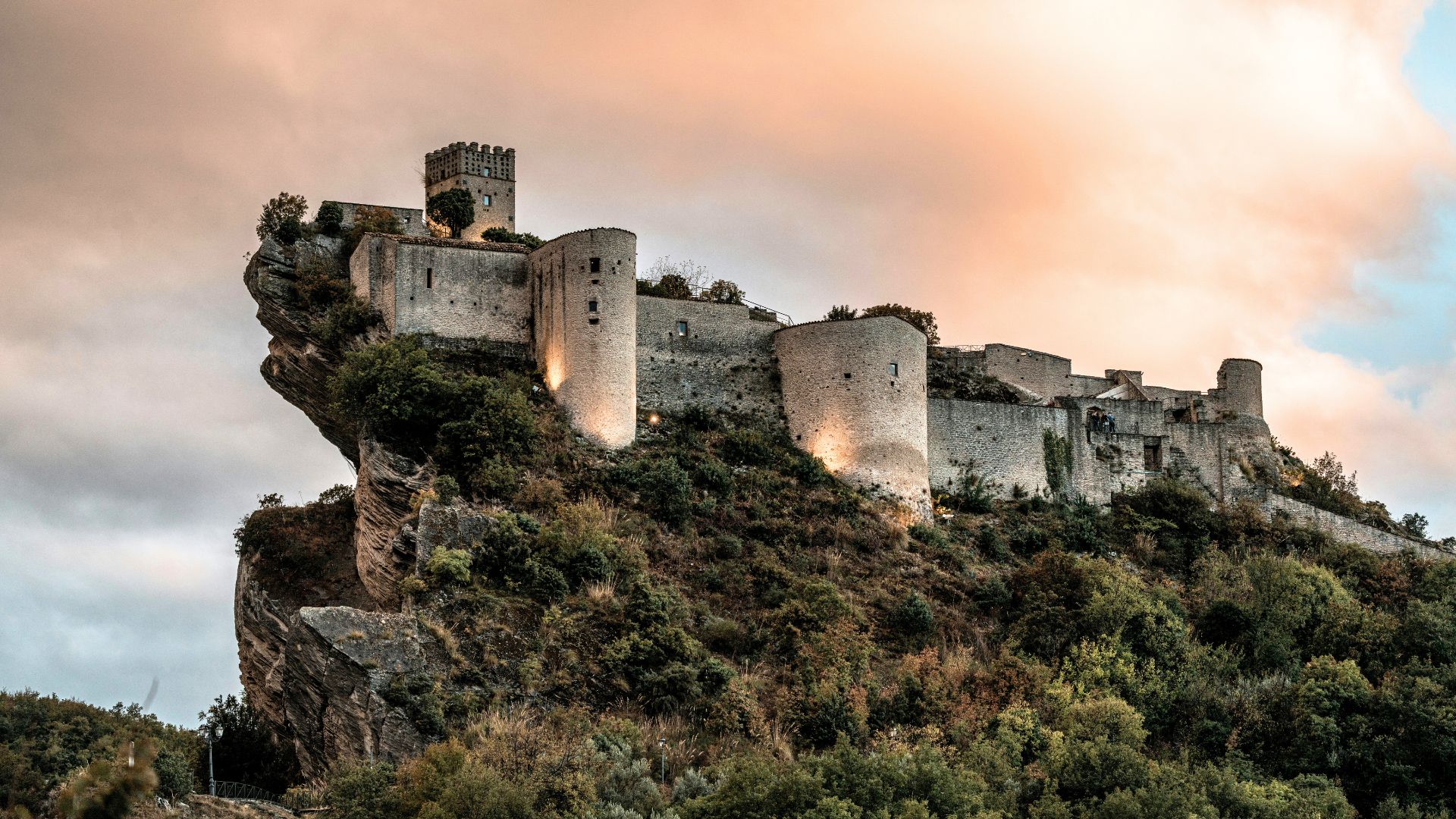
Stepping Into History: The Italian Fortress Experience
Italian fortresses stand as powerful reminders of a time when stone walls and strategic locations meant everything for political power.
Walking through these places connects you directly to centuries of European history.
A Day in the Life of a Castle Keeper
When I reached the fortress, perched dramatically on a hilltop, I felt like I’d traveled back in time. The morning started with unlocking massive wooden doors that looked unchanged since the thirteenth century.
Those iron hinges creaked, almost like they wanted to share their stories.
As keeper, I guided visitors through narrow stone corridors where Hohenstaufen nobles once walked. I pointed out arrow slits in the thick walls—more than just architectural quirks, they were essential defenses.
Explaining the politics behind these walls fascinated me most. This fortress sat at the heart of the Ghibelline and Welf conflict. Imperial supporters built ever-more impressive fortifications to show their loyalty.
Around midday, I climbed to the highest tower. The panoramic views made it clear why this spot was so valuable—perfect for spotting approaching ships and armies.
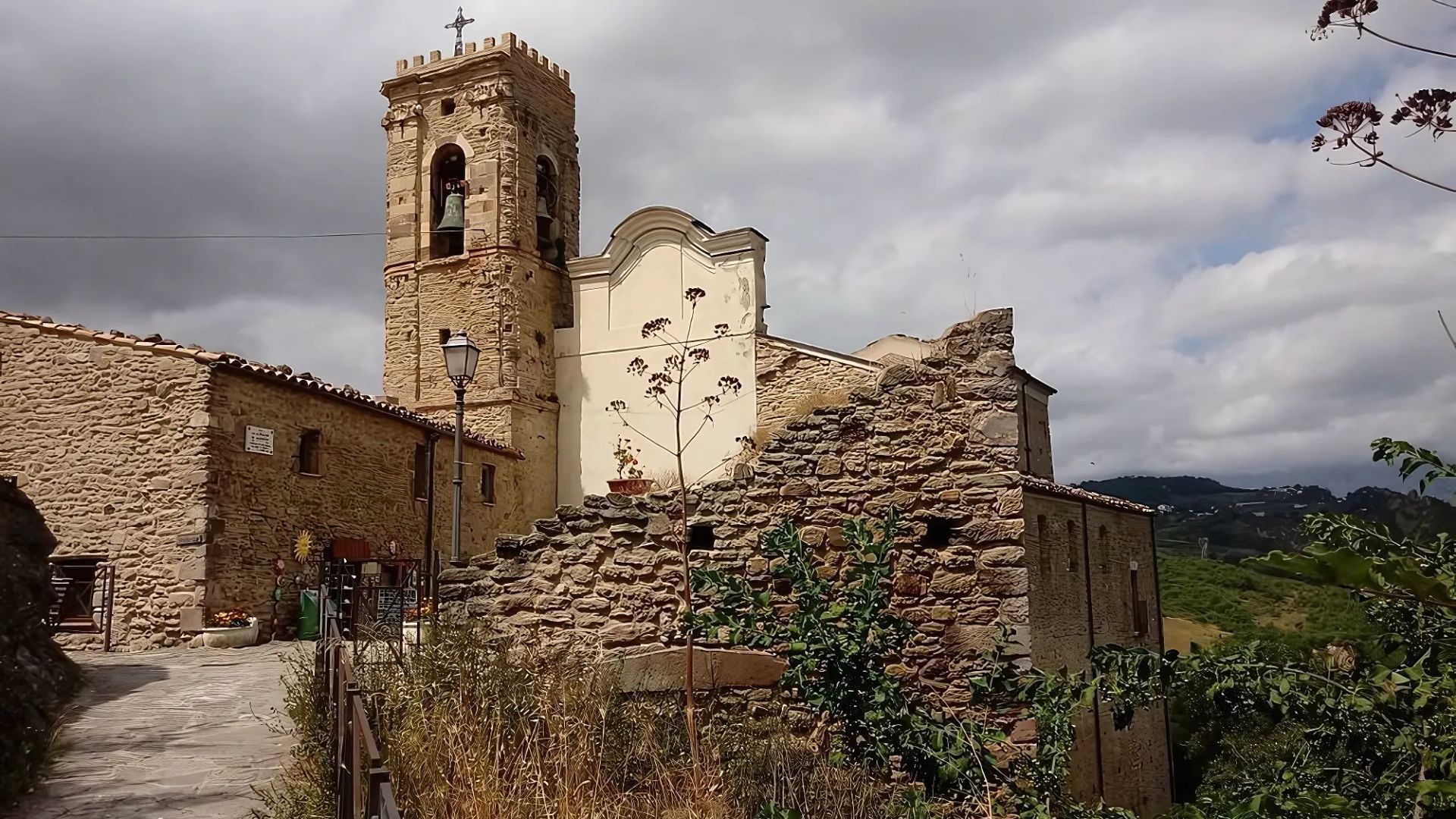
Origins of the Fortress: Power and Prestige
This fortress wasn’t just about defense—it screamed political ambition. Builders raised it during the height of the Hohenstaufen dynasty, showing imperial power stretching into Italian lands in the thirteenth century.
The design follows classic Ghibelline architecture, with those distinctive square merlons on top—a visual shout-out in the bitter Ghibelline versus Welf struggle.
Local quarries provided the stone, and master masons came from all over Europe, making sure the fortress met military needs and looked suitably grand. Some stones still show the marks of their tools.
Three main features show its importance:
- The towering main keep (symbol of authority)
- Thick curtain walls (practical defense)
- Ornate great hall (social power)
Ruling families changed over time, and each one left their mark.
The Role of Castle Keeper: Duties and Traditions
Castle keeping mixes daily practical work with ancient ceremonies that have shaped fortress life for centuries.
The job connects modern preservation efforts with medieval customs of loyalty and service.
Responsibilities of Modern and Medieval Caretakers
As a castle keeper for a day, I learned my duties started before dawn. I unlocked heavy wooden doors, checked ramparts for damage, and coordinated with preservation specialists about stonework repairs.
Medieval keepers had it tougher. They managed everything from food stores to defense preparations. I read one keeper’s journal—he supervised 20 servants, ran harvests, and tracked every expense.
Modern keepers focus more on visitor experiences and historical accuracy. I spent hours arranging authentic furniture in the great halls, making sure displays felt true to castle life. Balancing preservation and accessibility is always a challenge.

Ceremonial Customs and Rituals
The morning key ceremony quickly became my favorite tradition. At sunrise, I carried the ancient iron keys along the eastern wall, repeating an oath of protection that goes back to the 14th-century Donati family.
Seasonal rituals shape the castle calendar. In spring, local clergy bless the grounds. Summer brings military commemorations—armor displays, martial demonstrations, the works.
I joined in the “Keeper’s Table” custom, preparing a simple midday meal the old-fashioned way in the castle kitchen. It’s a symbol of the keeper’s promise to sustain everyone within the walls.
Navigating Nobility, Clergy, and Military Service
Castle keepers had to juggle serving nobility, respecting clergy, and keeping the military ready. Many came from minor noble families or rose through the military ranks.
The relationship with the Church was tricky. Castle records show keepers paid the Papacy but kept independence in daily operations. One letter described a keeper negotiating with a bishop over housing pilgrims during a festival.
Military duties shifted over the centuries. Early keepers led defensive forces, while later ones mostly oversaw ceremonial guards. I watched the modern ceremonial changing of the guard—a streamlined version of what used to be a vital security task.
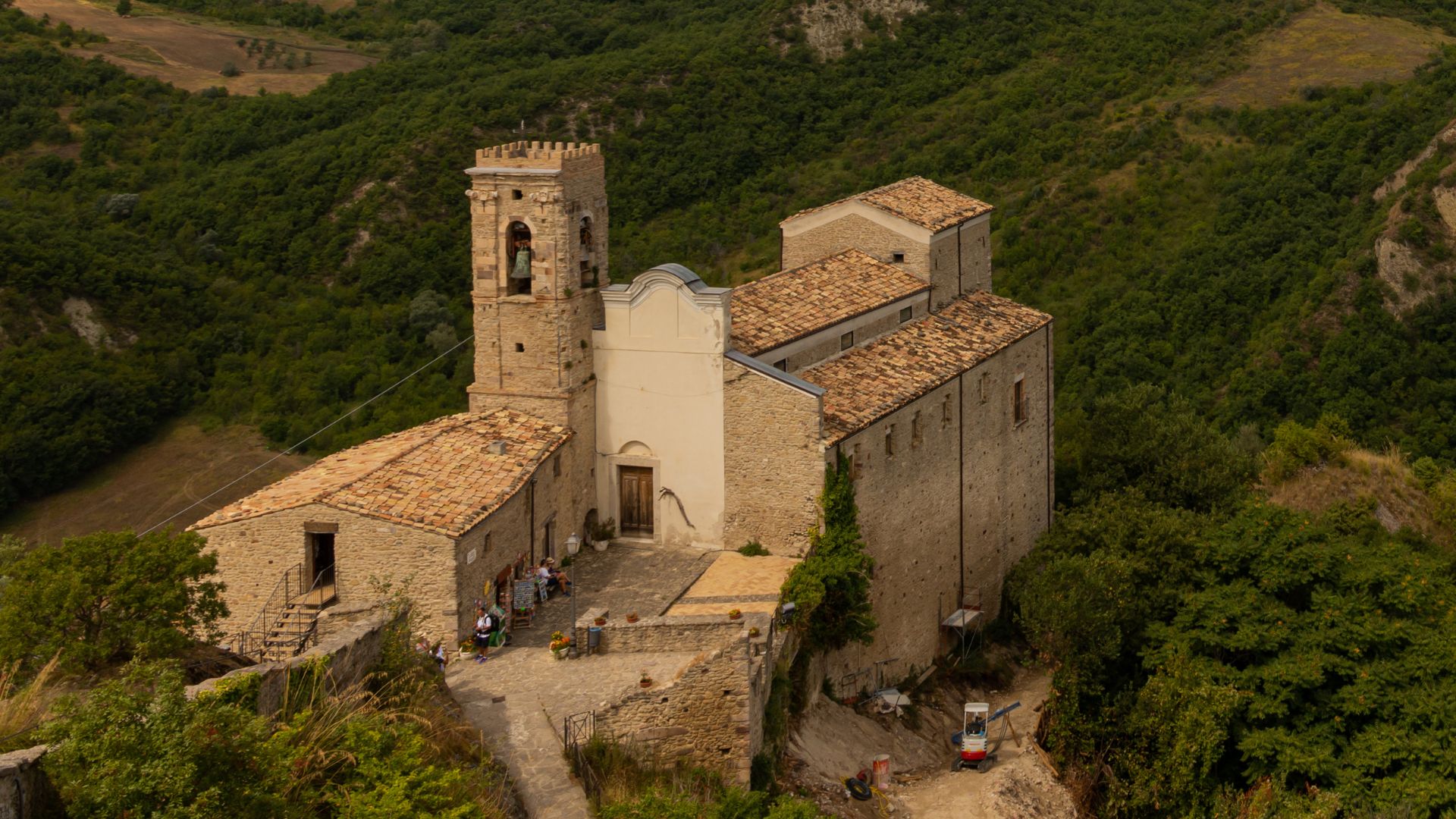
Hidden Stories Within Fortress Walls
As I wandered through the fortress, I realized these stone walls hide centuries of secrets—tales of power, passion, and betrayal that shaped the castle’s legacy.
Legendary Tales of Ambition and Jealousy
In the eastern wing, I learned about the infamous rivalry between two noble brothers who once owned the castle. Their ambition turned into jealousy when both fell for the same woman—a story locals still whisper about.
“The Tower of Tears,” as guides call it, marks where the younger brother supposedly imprisoned his sibling after seizing control. The tiny window facing the sea let the prisoner watch ships carrying his lost love sail away.
I noticed scratches on the tower walls. Some say the captive brother made them, counting the days of his imprisonment—a chilling reminder of how ambition can twist even family bonds.

Historic Figures: From Constantine to Basil
Over the centuries, the fortress sheltered some big names. Emperor Constantine reportedly visited during his Italian campaigns, leaving a silver medallion now displayed in the castle’s small museum.
My guide pointed out the “Emperor’s Chamber,” where Constantine supposedly planned his military moves. The room’s strange acoustics—you can hear whispers from across the space—served as an early security trick.
Basil, the Byzantine governor, later turned part of the fortress into a regional seat of power. He added the distinctive eastern archways and the chapel with rare 10th-century frescoes.
I got to read some of Basil’s letters in the archive room. They reveal his struggle to stay loyal to Constantinople while adapting to local Italian customs.
Mysteries of Vengeance and Consent
The castle’s darkest secrets involve a string of unexplained deaths in the 14th century. Local legends tell of a noblewoman who sought vengeance against those who forced her into marriage.
The “Virgin’s Passage”—a narrow, hidden corridor I squeezed through—allegedly let her move unseen through the castle. Some say she poisoned four men before vanishing without a trace.
Court documents in the library paint a different picture: stories of consent violations and legal fights over inheritance. The mysterious deaths happened just as property laws changed, finally giving women some control over their estates.
The sealed room behind the great hall intrigued me most. They open it only once a year during the spring equinox, when sunlight illuminates ancient symbols carved into the floor.
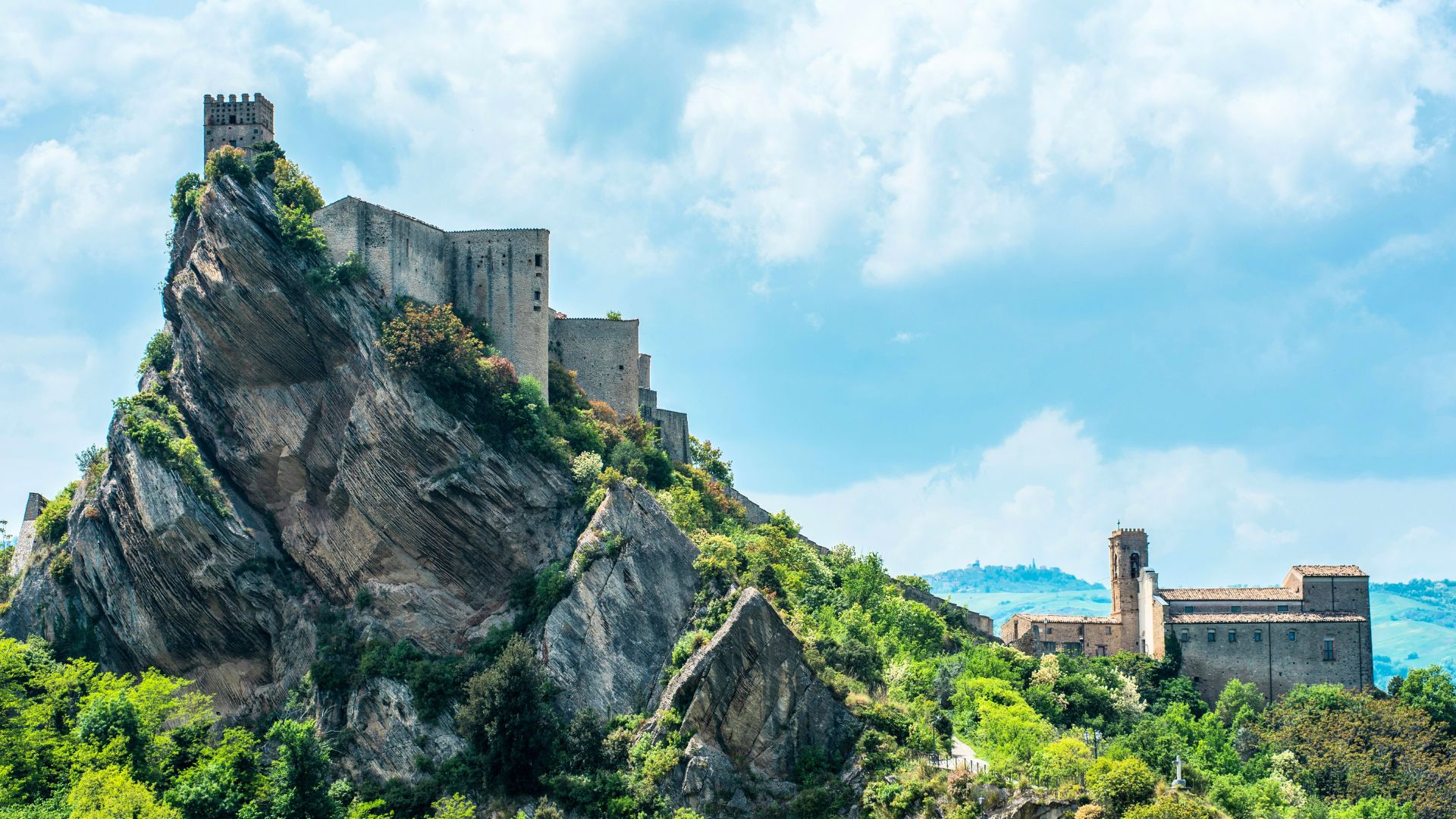
Exploring Italian Fortress Life: From the Monastery to the Marketplace
Italian fortresses weren’t just military outposts—they buzzed with life. When I passed through those ancient gates, I found a world where spiritual devotion, noble luxury, and daily commerce all mixed.
Living Quarters: Monastery Calm and Noble Comfort
The monastery section felt worlds apart from the noble quarters. I wandered through monks’ simple cells—bare stone walls, narrow windows, just quiet contemplation.
The nobles’ chambers told a different story. Rich tapestries hung from the walls, and ornate four-poster beds filled surprisingly spacious rooms. I admired the clever design—small fireplaces warmed the rooms, and hidden storage spots held personal treasures.
Many fortresses included religious spaces. Daily prayers structured castle life. In one monastery corner, I discovered a tiny bakery where monks once baked simple cookies and bread.
Pageantry and Festivals in the Fortress
Castle life wasn’t all business—festivals brought color and excitement. During special celebrations, the main courtyard became a stage for elaborate pageantry.
Seasonal festivals followed the agricultural calendar. Harvest celebrations drew nobles and commoners together, if only briefly, setting aside class differences.
Tournaments showcased knights’ skills, while musicians played lively tunes that bounced off the stone. Food was always central—castle cooks prepared special dishes with local ingredients.
Religious processions were the most impressive. Colorful banners and ceremonial garments made for a spectacular scene. Many Italian towns still keep these traditions alive.
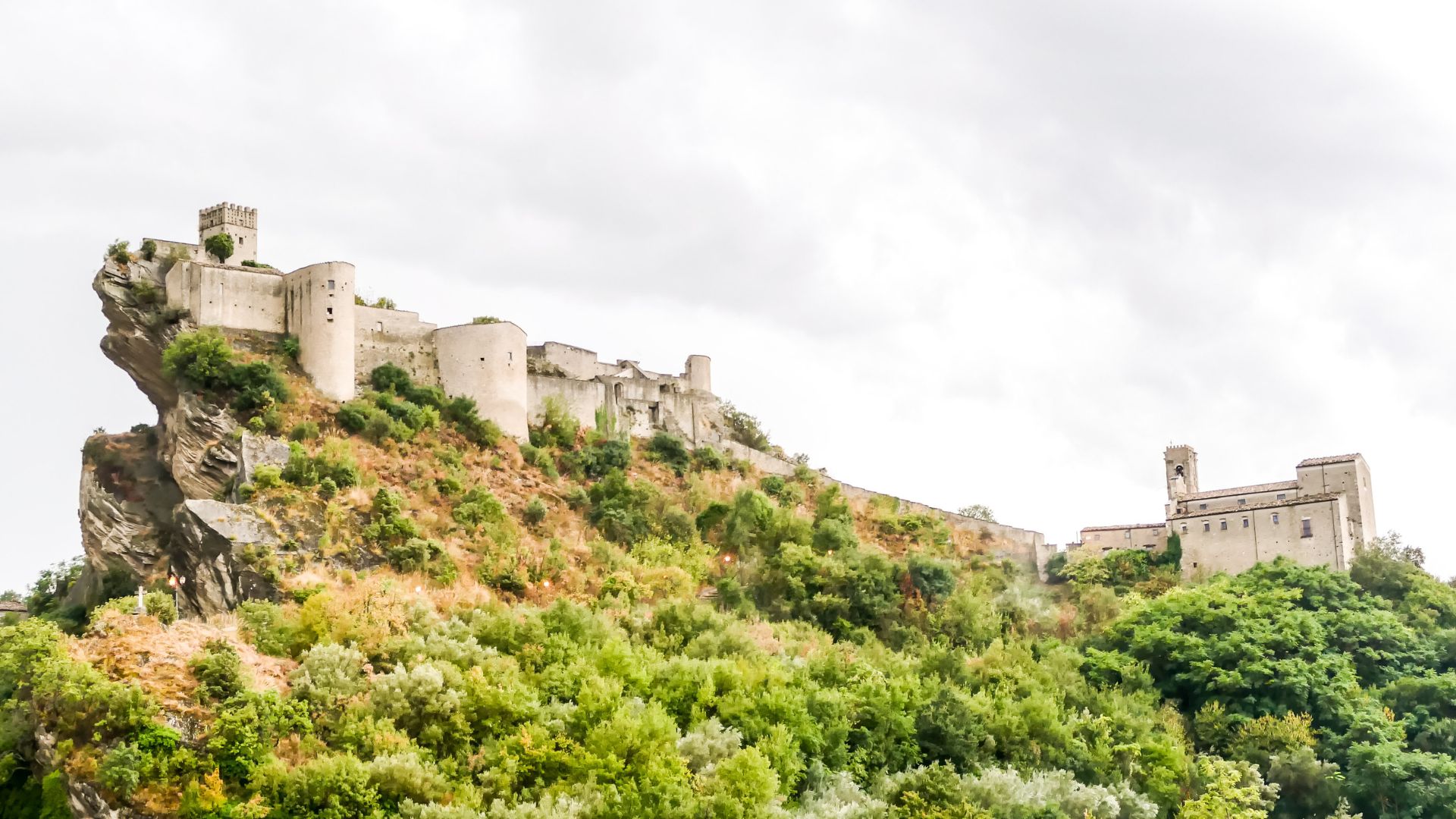
Daily Life: Supermarket Routines and Culinary Traditions
The marketplace was the real heart of fortress life. Unlike today’s supermarkets, shopping was social—haggling was expected, and gossip flowed freely.
Castle kitchens buzzed with activity. Servants whipped up meals from fresh, local ingredients. I marveled at the primitive tools they used to create such elaborate feasts.
Every fortress had specialized food storage—cool cellars for wine and cheese, dry pantries for grains and herbs. Many classic Italian cookies and pastries trace their roots to these medieval kitchens.
What surprised me was how efficiently everything ran. Water systems, waste management, food distribution—it was all carefully planned. The marketplace wasn’t just for shopping; it was where the community came together and shared news.
Beyond the Fortress: Connections Across Europe
Italy’s majestic fortresses aren’t isolated—they’re woven into a rich tapestry that connects them to other European wonders. These stone sentinels tell stories of trade, war, and cultural exchange that stretch across mountains and seas.
Italian Castles and Their Mediterranean Links
The fortress I explored shares architectural elements with castles all over the Mediterranean. Standing on the ramparts, I could almost picture similar watchtowers in Sicily or Malta, all scanning for ships.
Trade routes once linked these strongholds, creating a network for defense and commerce. Merchants from Cyprus and Crete sailed to Italian ports, bringing goods and ideas that shaped fortress designs.
The stone masonry here echoes techniques from Spain and Portugal. Those distinctive corner reinforcements and arrow slits weren’t random—they formed a shared defensive language across Mediterranean powers.
The Mediterranean climate influenced the design too. Thick walls kept interiors cool in summer, and courtyards captured precious rainwater. I kept spotting these practical touches throughout southern Europe’s fortresses.
Venice, Florence, and Padua: Urban Ties to the Fortress
Venice’s influence shows up in the water-facing defenses. The Republic’s engineers pioneered defensive innovations that spread across Italy. I traced Venetian touches in the angled bastions and cannon placements.
Florence brought artistic flair that softened the fortress’s military feel. In the great hall, I noticed frescoes reminiscent of Florentine palazzos—beauty right alongside strength.
Padua’s academic legacy left its mark too. Military innovations from Padua’s university shaped the defensive layout. The star-shaped outer walls reflect the mathematical principles studied during the Renaissance.
These city connections turned fortresses into cultural centers. Noble families exchanged ideas through marriage and alliances, creating a shared architectural vocabulary I kept spotting during my day as keeper.
Greek Influences: Athens, Sparta, and Mykonos
Greek architecture quietly shaped the fortress’s design. The symmetry and proportion reminded me of Athens’ Acropolis, though adapted for defense.
Sparta’s military mindset influenced the practical side. The training grounds and barracks layout felt like something out of a Spartan playbook—spaces meant to mold disciplined warriors.
In the chapel, I saw Byzantine touches similar to churches in Mykonos. The domed ceilings and religious imagery show how eastern Christianity traveled west.
The Plaka district in Athens and the fortress’s village quarter share a lot—narrow, winding streets meant to confuse attackers and create shaded, cool walkways. This kind of urban planning spread all around the Mediterranean.
From the Tiber to Switzerland: The Fortress’s European Reach
Roman influence is everywhere, especially in ceremonial touches. Imperial symbols decorate gateways, showing how fortress builders borrowed from ancient Rome to boost legitimacy.
Switzerland’s mountain fortifications share defensive strategies with this Italian stronghold. Both use the landscape as part of their defense. Builders here worked cliff faces and valleys into the design, much like the Swiss.
Northern European castle features blend with Mediterranean styles. The tall central keep reminds me of German castles, while open courtyards feel distinctly southern. This mix gives the fortress its unique character.
Trade routes through the Alps linked this fortress to wider European networks. The treasury once stored goods from as far as the Baltic. Even today, I spot details that remind me of castles in France and Germany—a testament to Europe’s tangled, fascinating heritage.

